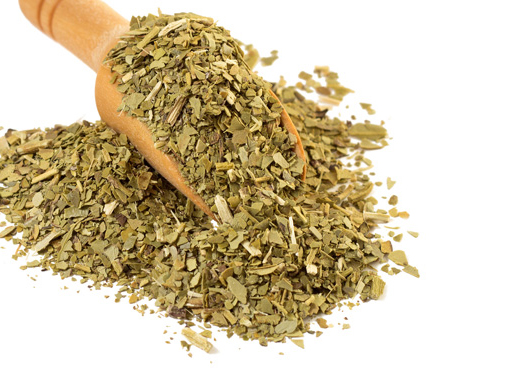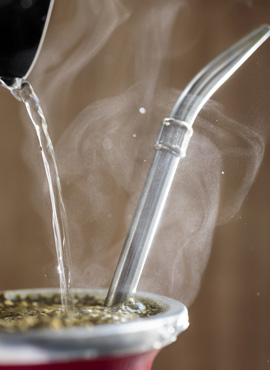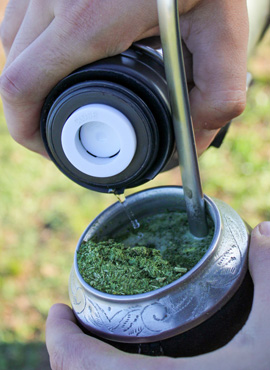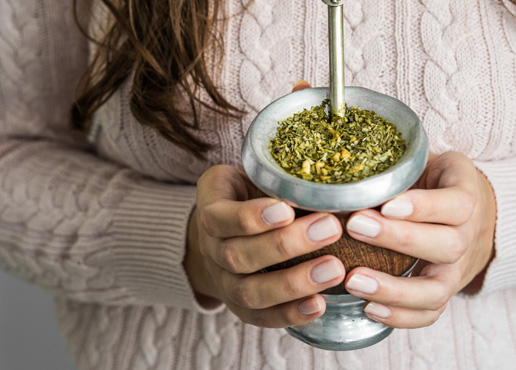Local Storage seems to be disabled in your browser.
For the best experience on our site, be sure to turn on Local Storage in your browser.


Yerba Maté
Yerba maté is a beverage made from the leaves of a South American evergreen tree, the Ilex paraguariensis, which is a member of the Holly family. Long before it was christened with its scientific botanical name, however, this yerba mate plant was known to the people of South America as Caa. Yerba mate trees are sometimes known as the "tree of the gods" for being such a health-giving plant.
Many people drink mate for its health benefits. Its leaves produce a beverage that has a naturally high caffeine content and is full of essential vitamins, minerals, and other natural compounds which boost your immunity, physical stamina, metabolism and cellular health.
The flavour of Yerba maté is often described as a bittersweet, earthy flavour. Delicate and herbal, yerba mate tea leaves a pleasantly sweet aftertaste and is much softer on the palate than tea, coffee or even green tea. The metal straw and gourd used to drink mate traditionally also change the taste, and are both essential for a traditional drinking mate experience.
There are many subtle differences in flavour that are influenced by a number of factors. Growing locations, leaf-drying techniques and preparation, and the way it is brewed all play a part. It’s grown in many south american countries, including Southern Brazil and Argentina, and this can all factor into the taste of the mate. Most Yerba maté farmers dry their leaves without exposure to smoke from the fire, so as not to sacrifice any of the health benefits.
Here at Yerba maté Australia, we stock several different varieties and flavours from our trusted growers, so that you can try all the options and see what you like best.
If you’re thinking about growing your own yerba mate plant, you may have a challenging time ahead of you. This subtropical plant only grows in very specific climates and soil and can be found in small regions in a handful of South American countries. It’s why yerba mate seeds can be hard to get a hold of as well.
Mate leaves are typically harvested once a year, or once every two years in the wild. Once harvested, they are dried - sometimes in the traditional way, over a fire - which gives the drink its "toasted" flavour. Other methods are also used with more modern techniques which do not involve direct exposure to fire.


